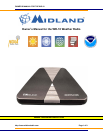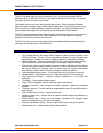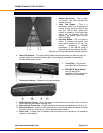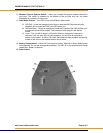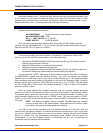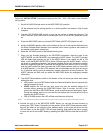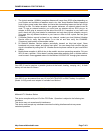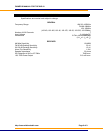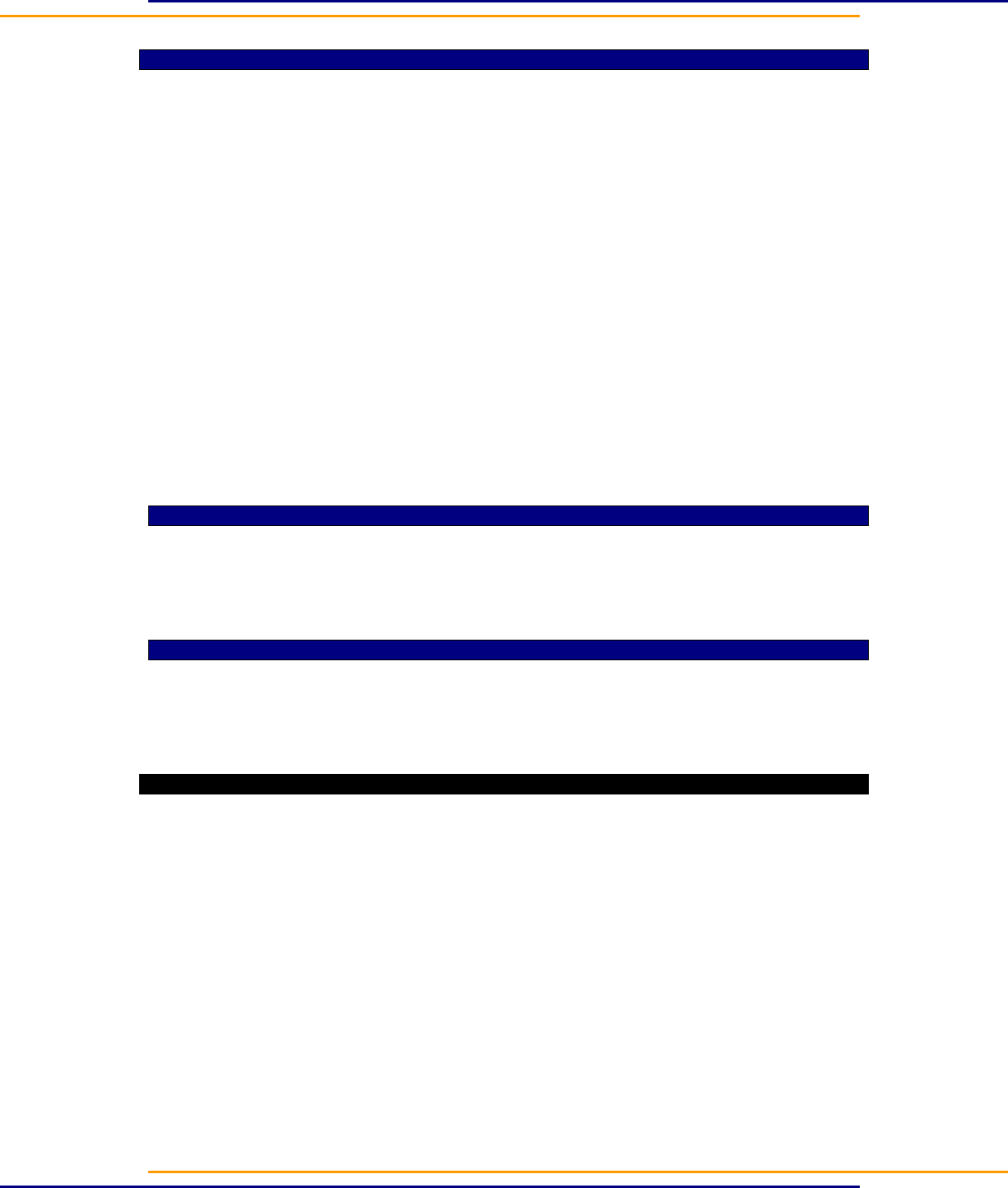
OWNER’S MANUAL FOR THE WR-10
http://www.midlandradio.com Page 7 of 9
NOTES AND MAINTENANCE
1. The typical weather (162MHz) reception distance will range from 25-50 miles depending on
your location and conditions of weather, terrain, etc. Also, some Weather Stations operate at
much higher power levels than others and have their transmitting towers on the top of high
buildings or hills. For better reception from greater distances, an external antenna can be
used. To use an external antenna, you must have an antenna with an RCA plug or an
adapter to RCA plug to connect into the side of the WR-10. If reception in your area is not
good, check with your local dealer for assistance and ask about typical reception range in
your area. Also try different locations in your home or office to find a place that has good
reception.
2. If Weather Stations cannot be heard on any channel, contact your local National Weather
Service office to verify that the station is on the air and also verify the CHANNEL
(Frequency) and location of the weather station.
3. All National Weather Service stations periodically transmit an Alert test signal. Some
broadcast only once a week, and others more often. You can always find out when the test
signal is broadcast by calling the U.S. Weather Service's phone number for your local NOAA
station.
4. Mobile home reception is difficult due to the metallic structure preventing reception. Put your
WR-10 near a window. If this doesn't provide reasonable reception-then a outside antenna
must be used. One suggested antenna is the Midland 18-259W VHF through-glass antenna.
PORTABLE OPERATION
Your WR-10 can be used as a portable (picnics-at the beach, boating, camping, etc.) A fresh
battery will last about 6-8 hours.
12 VOLT OPERATION
Your WR-10 can be powered from any 12 Volt CAR-TRUCK-RV-or BOAT battery. An optional
(Model 18-235) power cord adapter is available from Midland.
FCC Compliance Information
Midland WT-5 Weather Station
This device complies with part 15 of the FCC Rules. Operation is subject to the following two
conditions:
This device may not cause harmful interference.
This device must accept any interference received including interference that may cause
undesired operation.



